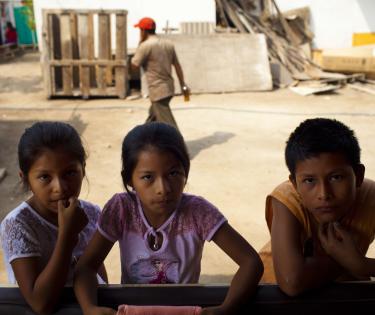A stigma assessment will help countries to develop new insights into the ways in which TB vulnerability, treatment availability, accessibility, and acceptability, and the quality of TB care are shaped by stigma. This can inform the design of stigma reduction interventions to transform TB responses at country level.
Implementation Handbook
The Implementation Handbook provides guidance to countries on how to design and conduct a Stigma Assessment using quantitative and qualitative research methods.
1. TB Stigma Assessment data collection tools
Country implementers will adapt and use the data collection instruments to collect data on:
- Anticipated stigma, self-stigma, enacted stigma (stigma directly experienced) and observed stigma among people diagnosed with TB;
- Secondary TB stigma, stigma directly experienced, and stigma observed by family members/primary carers of people diagnosed with TB;
- Perceived TB stigma against people diagnosed with TB in communities and stigma observed by the community;
- Perceived TB stigma against people diagnosed with TB in health care settings and stigma against health care workers;
- Structural stigma (any existing laws/policies, the enforcement of those laws/policies and the corresponding media coverage that could harm or protect people diagnosed with TB).
2. TB Stigma Assessment Data Analysis Workbook
Country implementers will use the Workbook to input and analyze data to determine:
- The levels and dimensions of anticipated stigma, self-stigma, enacted stigma (stigma directly experienced) and observed stigma among people diagnosed with TB;
- The levels and dimensions of secondary TB stigma, stigma directly experienced, and stigma observed by family members/primary carers of people diagnosed with TB;
- The level of perceived TB stigma against people diagnosed with TB in communities and stigma observed by the community;
- The level and dimensions of perceived TB stigma against people diagnosed with TB in health care settings and stigma against health care workers;
- The extent to which structural stigma (any existing laws/policies, the enforcement of those laws/policies and the corresponding media coverage) could harm or protect people diagnosed with TB.
3. TB Stigma Assessment Investment Package
The TB Stigma Assessment Investment Package supports country decisions to invest in TB measurement and elimination efforts, and provides the rationale, scope of work, areas of intervention, expected results, and resources required to implement the assessment.


